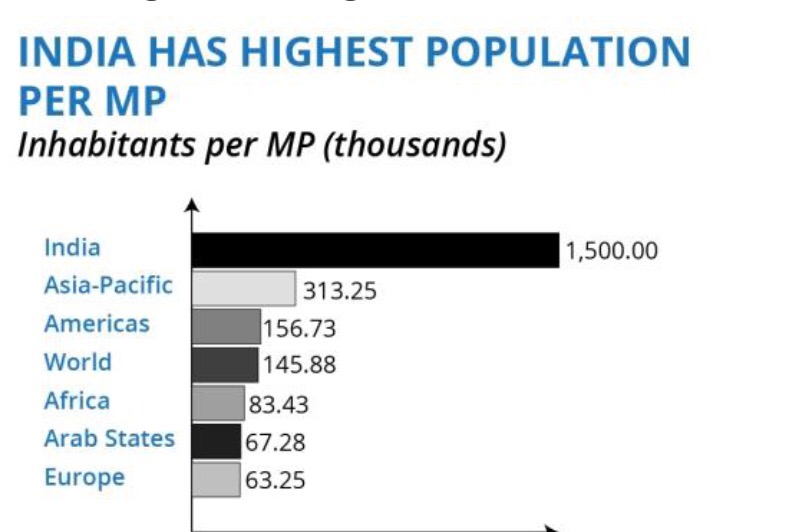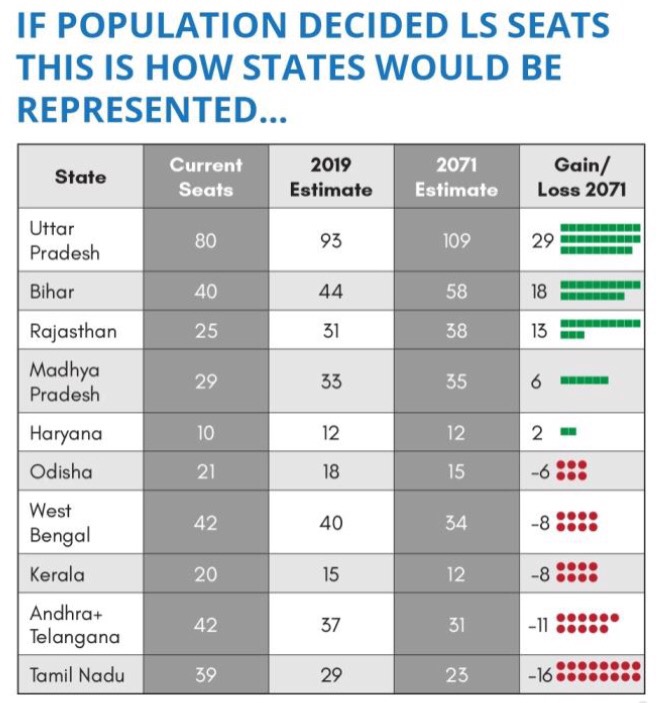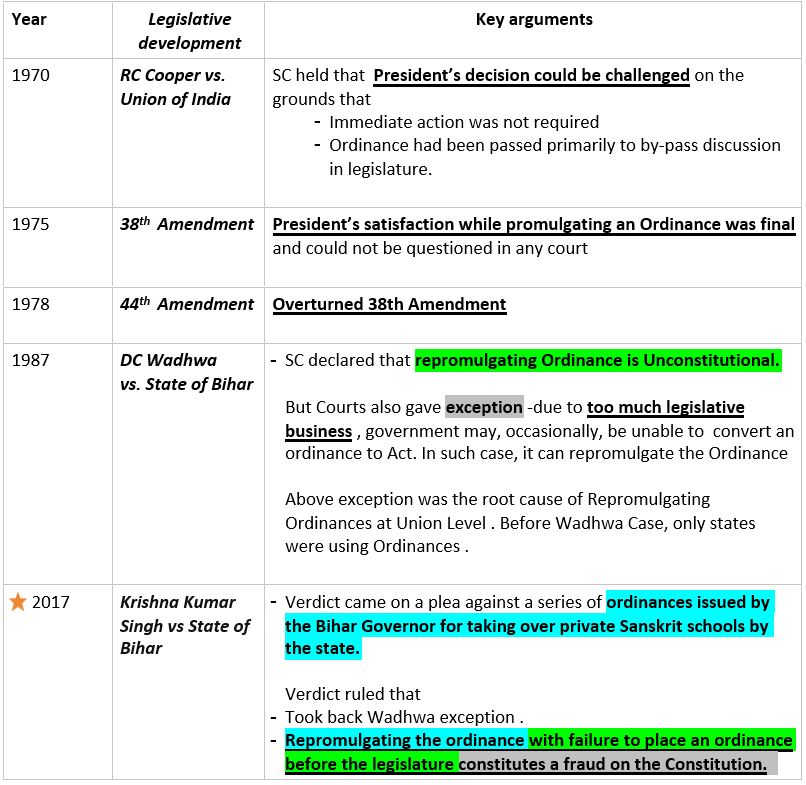Sessions of Parliament and Parliamentary Proceedings
This article deals with ‘Parliament – Sessions of Parliament and Parliamentary Proceedings .’ This is part of our series on ‘Polity’ which is important pillar of GS-2 syllabus . For more articles , you can click here
Sessions of Parliament
- By convention, Parliament meets for three sessions in a year:
- Budget session which is held towards the beginning of the year,
- Three-week Monsoon session (July-August)
- Winter session (November-December).
- Constitutional Provision : Article 85 only requires that there should not be a gap of more than six months between two parliamentary sessions. The same applies to state legislatures.
Terms related to Sessions of Parliament
1 . Summoning
- President summon both the Houses from time to time
- But there can’t be more than 6 months between two meetings
Side Note – Only President can summon Houses on recommendation of Prime Minister. In order to increase the Parliamentary Control over Executive, there is need to Amend Constitution to empower President to convene a session of Parliament on a request of a specified number of MPs. UK & USA too has such provisions
2. Adjournment
- There are two sittings in a day
| Morning | 11-1 |
| Post Lunch | 2-6 |
- Adjournment suspends the sitting for specific time which may be hours or days or weeks
- Done by Presiding Officer of the House
3. Adjournment Sine die
- Termination of sittings of Parliament for indefinite time
- Done by Presiding Officer of the House
4. Prorogation
- Within few days after Sine Die ,President issues notification for Prorogation of the session and it terminates the session
- President can Prorogue the house while in session
5. Dissolution
- Rajya Sabha is Permanent House only Lok Sabha is subject to dissolution
- Dissolution ends the very life of existing house & new house is to be constituted after general elections.
- Can happen in
two cases
- Automatic dissolution on expiry of its tenure after 5 years
- When President decides to dissolves the House
Position of bills wrt Dissolution of Lok Sabha
| Lapse | – Bill pending in Lok Sabha (introduced in Lok Sabha and pending there or introduced in Rajya Sabha & passed by it and pending in Lok Sabha) – Bill passed by Lok Sabha but pending in Rajya Sabha (Only these two. All other bills don’t Lapse) |
| Doesn’t lapse | – Bill doesn’t passed by both houses due to disagreement and notified by President for Joint sitting – Bill pending in Rajya Sabha but not passed by Lok Sabha – Passed by both Houses but doesn’t received assent of President – Bill passed by both houses but returned by President for reconsideration |
6. Quorum
- Minimum number of members required for transacting any business in house
- 1/10 of total strength
| Lok Sabha | 55 |
| Rajya Sabha | 25 |
7. Voting in House
- All matters in both the houses decided by Simple Majority
- Only special matters specifically mentioned in the Constitution decided by using Special Majority or Absolute Majority
8. Language in Parliament
- Hindi & English is language of House
- Member can address in his mother tongue taking permission of Presiding Officer
- In both Houses , there is arrangement for simultaneous translation
9. Rights of ministers & Attorney general
- All Ministers and Attorney General of India has right to speak & take part in proceedings of either House & Joint Sittings
- And also in any committee of Parliament of which he is not a member but without right to vote in both cases
10 . Lame duck session
- Last session of existing Lok Sabha after new house is elected
- Members of Lok Sabha which don’t get elected to next house are called Lame Ducks
Devices of Parliamentary Proceedings
Question Hour (11-12)
- First hour of sitting is for this
- Members ask questions and Ministers answers them usually
Three types of questions
| Starred Questions | – Requires oral answer – Supplementary questions can follow |
| Unstarred Questions | – Requires written answer – Supplementary questions cant follow – In Star & Unstarred , notice has to be given 15 days in advance |
| Short Notice Question | – Asked by giving a short notice less than 10 days – Required to be answered orally |
Zero Hour (12-1)
- Not mentioned in rule of books, an Indian invention ,in practice since 1962
- Time between Question hour & the agenda of day
- Members can raise matters in it without prior notice
Motions
- No discussion in Parliament can take place without Motion with consent of Presiding officer of house
Fall into three categories
| Substantive Motion | – Deals with most important matters like Impeachment of President |
| Substitute Motion | – Moved in substitution of an original motion & seeks alternate to it – It supersedes original motion |
| Subsidiary Motion | – In itself has no meaning and is made in reference to original motion. – Three subcategories 1. Ancillary motion : Regular way of proceeding with various kinds of business 2. Superseding motion : Moved in course of debate on other issue and seeks to supersede that issue 3. Amendment : It modifies or substitute part of original motion |
Closure Motion
- Moved by member to cut short debate on matter
It is of four kinds
| Simple Closure | When matter is sufficiently discussed |
| Closure by Compartment | – When Bill is lengthy it is divided into parts – Debate covers part as whole & put to vote |
| Kangaroo closure | Only some clauses taken for debate & voting & other clauses are skipped and deemed to be passed |
| Guillotine closure | When undiscussed clauses are put to vote along with discussed ones due to warrant of time |
Privilege Motion
- Concerned with breach of Parliamentary privileges by Minister
- Purpose is to censure the concerned Minister
Calling Attention Motion
- Indian innovation but mentioned in Rules of Procedure & in existence since 1954
- Introduced by Member to call attention of Minister to matter of urgent importance & seek authoritative statement from him
- Doesn’t involve any discussion / voting
- Minister may make a brief statement about the matter or he may ask for time to make a statement later
Adjournment Motion
- Draw attention of House to urgent matter of public concern & need support of 50 members. It is extraordinary device as interrupts ordinary business
- Censure against government & hence cant be introduced in Rajya Sabha
- Discussion should be atleast 2.5 hours
No-Confidence Motion
- Article 75: Ministers are Collectively Responsible to Parliament
- Lok Sabha can remove Ministry by passing it & need support of 50 to introduce
- Needn’t state reason for its introduction & council of ministers must resign after this
- Only one such motion can be moved in 6 months
- The matter is taken up for discussion within 10 days of notice .
- Rajya Sabha has no role to play in No Confidence Motion
Censure Motion
- Can be moved only in the Lok Sabha & by the opposition of the House
- Can be moved against particular Minister or Council of Ministers and reason need to be mentioned
- Moved for Censuring specific policies of government. But if the Censure Motion is passed , Council of Minister is bound to seek confidence of Lok Sabha as early as possible
- Minister needn’t resign after this
- Signed notice must be given by atleast 50 members .
Motion of Thanks
Motion which follows the President address to Lok Sabha and Rajya Sabha after General Election and first session of each Financial year
- Equivalent to SPEECH FROM THRONE in Britain
- Then put to vote & must be passed.
- If lapses in Lok Sabha , considered defeat of government
No day yet named motion
- Motion admitted to Speaker but date to discuss it not yet fixed
- Speaker fix that after discussion with Leader of House
Point of Order
- Member can move it when proceedings of House don’t follow normal rules
- Extra ordinary device as suspend proceedings & raised by opposition member mostly
Half an hour Discussion
- Speaker can allot three days a week for this
- Meant for discussing matter of public importance which has gone through enough discussion but answer to which needs elucidation on matter of fact
Short duration Discussion
- Also called two hour discussion
- Members can raise discussions on matter of public importance in this
Special Mention
- Matter which cant be raised in any motion. Can be raised in Rajya Sabha by special mention motion
- Lok Sabha equivalent of this is NOTICE
Resolutions
- To draw attention of house on matter of public importance
- All Resolutions come under category of substantive motion ( only important matters)
- Discussion on this must be strictly relevant to & in scope of resolution
Issue : Low number of Parliamentary Sittings
Data to support this
- Parliament sittings have
reduced from
- 140 days/year at time of Independence
- 65 days/year presently
- State Legislatures= 29 days a year on average.
- Dec 2018 : Winter Session of Punjab LA was of just 3 days .
Need of adequate number of Parliamentary sittings
- Good quality of legislations after proper discussion : Due to lesser number of sittings , laws are not properly discussed which create problems later
- Increase Executive Accountability to Legislature
Consequences of low number of sittings
- Compromised legislative business – It results in hasty passage of bills, frequent resort to Ordinances and budgets without due debate. Eg : Over the years, the time spent on discussing the Budget has reduced from an average of 125 hours in the 1950s to 40 hours in the last decade.
- Undermines legitimacy of Parliament
- Compromised Accountability of Executive to Legislature
- Lack of avenues available to MPs to express dissent culminating in MPs disrupting proceedings of Parliament.
- Undermining Separation of Power
- Large scale promulgation of Ordinances.
Ways to address this
- Dilute the power of the government to be the sole decider of session dates. There is urgent need to Amend Constitution to empower President to convene a session of Parliament on a request of a specified number of MPs
- National Commission to Review the Working of the Constitution (NCRWC) has recommended the minimum number of sittings for Lok Sabha and Rajya Sabha be fixed at 120 and 100 respectively.
- Odisha has already shown the way, mandating minimum 60 days for the State Assembly.
- System of Annual Calendar of sittings based on deliberation by all parties as is prevalent in UK.
Issue : Large number of Disruptions
Reasons
- Winner takes all approach of Ruling Parties : Parliamentary System works on Consensus building and Give & Take
- Low number of Sittings : MPs don’t get time to raise concerns of their constituency
- Opening up of Parliament to live telecasts has increased the incentives for groups of MPs disrupt Parliament for particular issue , knowing well that it will be widely covered
- Stand of Political Parties : In previous Lok Sabha, Leader of Opposition Sushma Swaraj said on record that Parliamentary Disruptions are also legitimate way of showing displeasure with Government’s policies.



